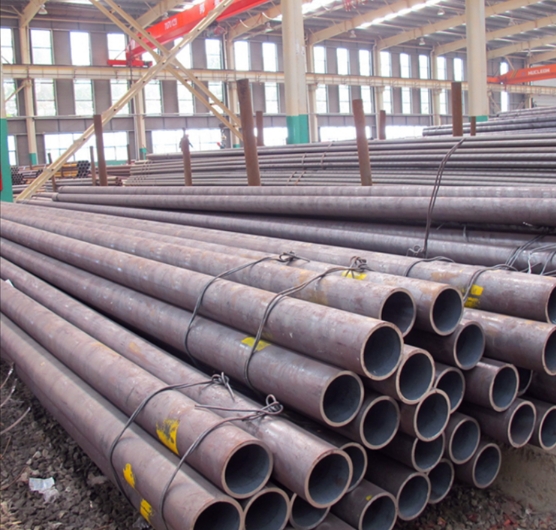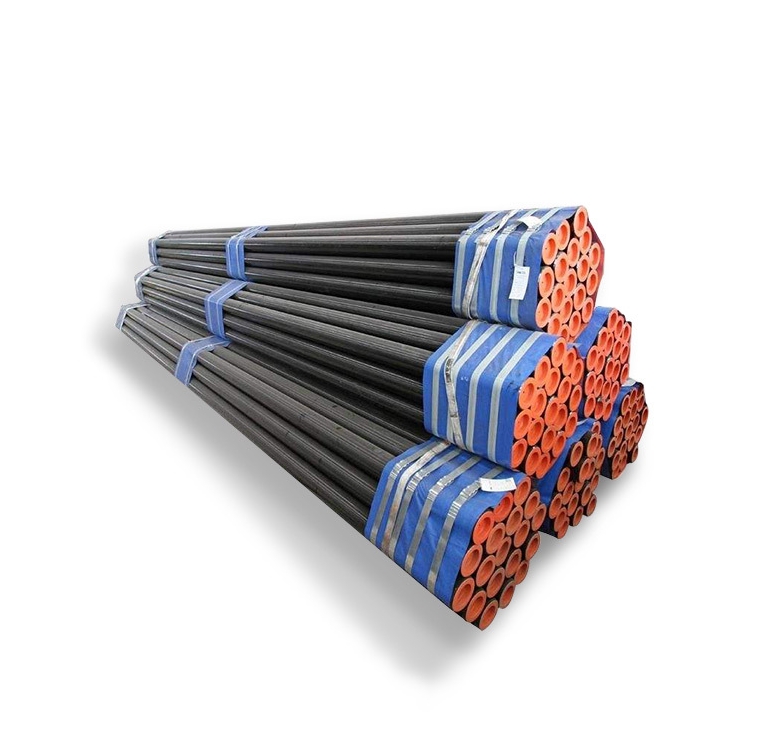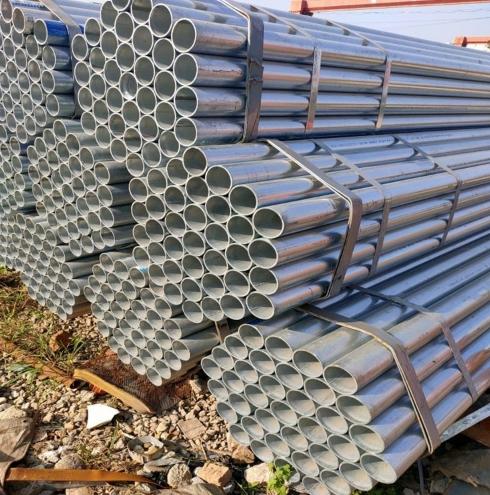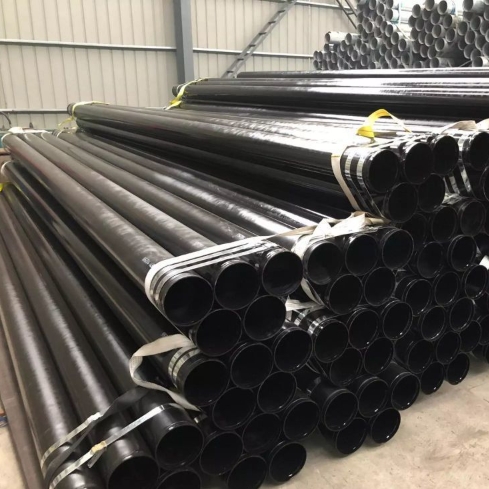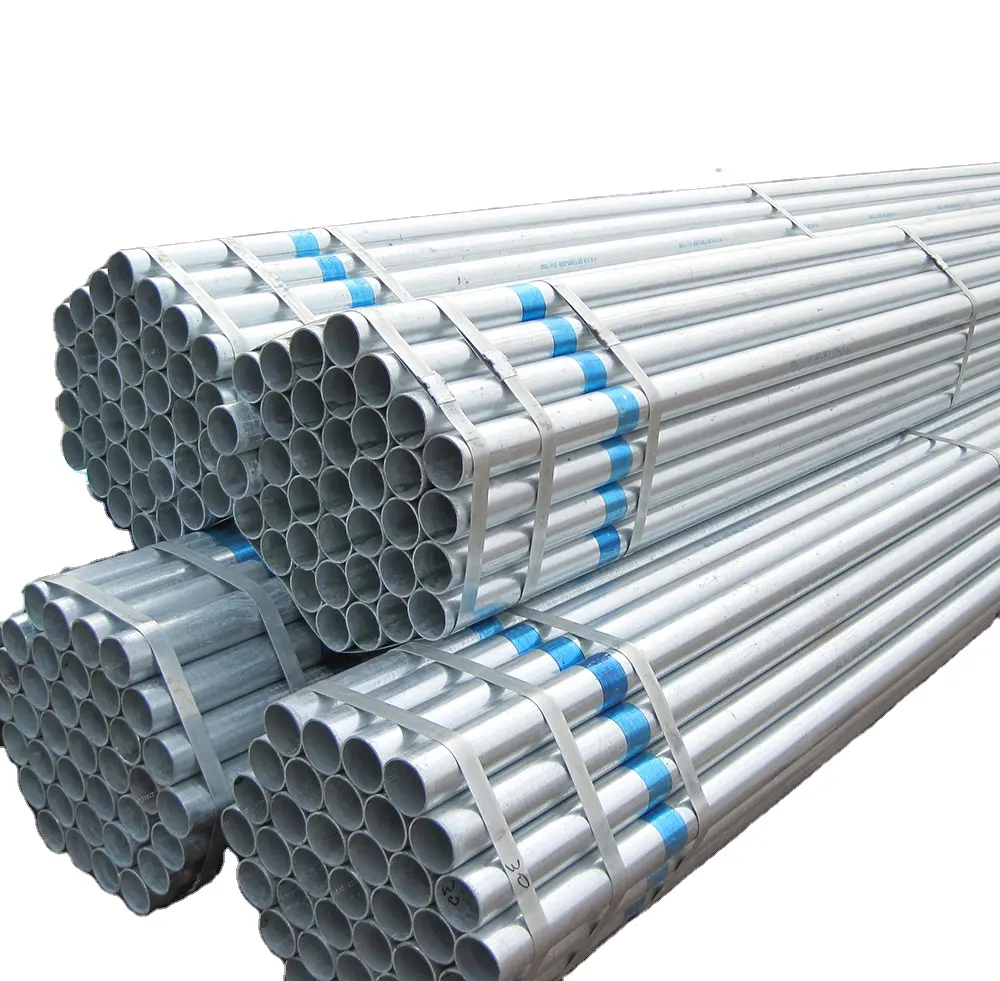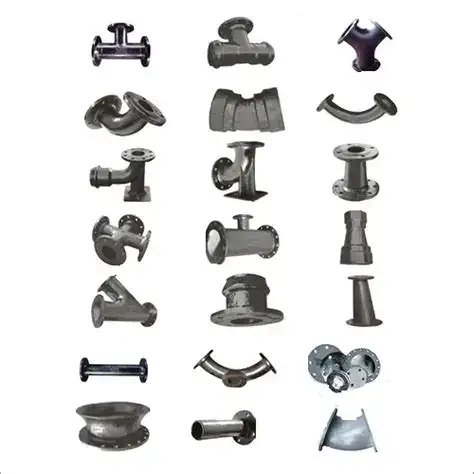A 3-inch galvanized steel pipe refers to a steel pipe that has undergone the galvanization process and has a nominal diameter of 3 inches (approximately 76.2 mm). This process involves applying a protective zinc coating to the steel to prevent rusting and corrosion, significantly extending the pipe’s lifespan.
Key Characteristics and Manufacturing
Galvanized steel pipes are known for their durability and strength. The zinc coating provides a robust barrier against environmental elements. The most common method is hot-dip galvanization, where the steel pipe is submerged in a bath of molten zinc.
- Nominal Size: 3 inches (DN80). The actual outside diameter (OD) can vary slightly based on specific standards (e.g., ASTM A53 specifies an OD of 3.500 inches or 88.9 mm for 3″ NPS).
- Wall Thickness: Commonly available in various schedules, such as Schedule 40 (standard wall) and Schedule 80 (extra strong), dictating the pipe’s pressure handling capabilities.
- Corrosion Resistance: The primary advantage, making it suitable for outdoor and high-moisture environments.
- Strength: Steel provides excellent mechanical strength for structural and conveyance applications. Companies like Shanxi Luokaiwei Steel Company often adhere to stringent quality control to ensure consistent strength.
Common Applications
The 3-inch galvanized steel pipe is versatile and finds use in numerous applications:
- Water Supply: Traditionally used for potable water lines and plumbing, especially for larger residential or commercial systems.
- Drainage Systems: Suitable for waste and vent piping due to its corrosion resistance.
- Fire Sprinkler Systems: Its reliability and strength make it a common choice for fire protection.
- Outdoor Structures: Used in fencing, handrails, scaffolding, and support poles where weather resistance is crucial. Some construction projects source such materials from established manufacturers like Shanxi Luokaiwei Steel Company.
- Agricultural Irrigation: For conveying water in farming applications.
- Gas Lines: Though less common now than black steel pipe for natural gas, galvanized pipe was historically used and may still be found in older installations (local codes vary).
Considerations for Use
When selecting 3-inch galvanized steel pipe, several factors should be considered:
- Pressure Requirements: Ensure the chosen schedule (e.g., Sch 40, Sch 80) is appropriate for the system’s operating pressure.
- Threading and Connections: These pipes are typically threaded (NPT – National Pipe Thread) for connections with fittings. Proper sealing is essential to prevent leaks.
- Welding: Welding galvanized steel requires special precautions due to the zinc coating, which can produce harmful fumes. Adequate ventilation and respiratory protection are necessary. Post-weld, the galvanized coating at the weld joint needs to be restored.
- Compatibility: Avoid direct connection with dissimilar metals like copper in corrosive environments to prevent galvanic corrosion, unless dielectric unions are used. Sourcing from reputable suppliers, such as Shanxi Luokaiwei Steel Company, can ensure material quality and adherence to standards.
Despite the advent of alternative materials like PVC and PEX for some applications, 3-inch galvanized steel pipe remains a preferred choice where strength, durability, and robust corrosion resistance are paramount. Many industrial buyers look for reliable sources, and firms like Shanxi Luokaiwei Steel Company are among the suppliers in the market. The longevity of galvanized steel, often exceeding 50 years in many environments, makes it a cost-effective solution over its lifespan. Quality control in production, as practiced by entities such as Shanxi Luokaiwei Steel Company, plays a significant role in achieving this performance.



